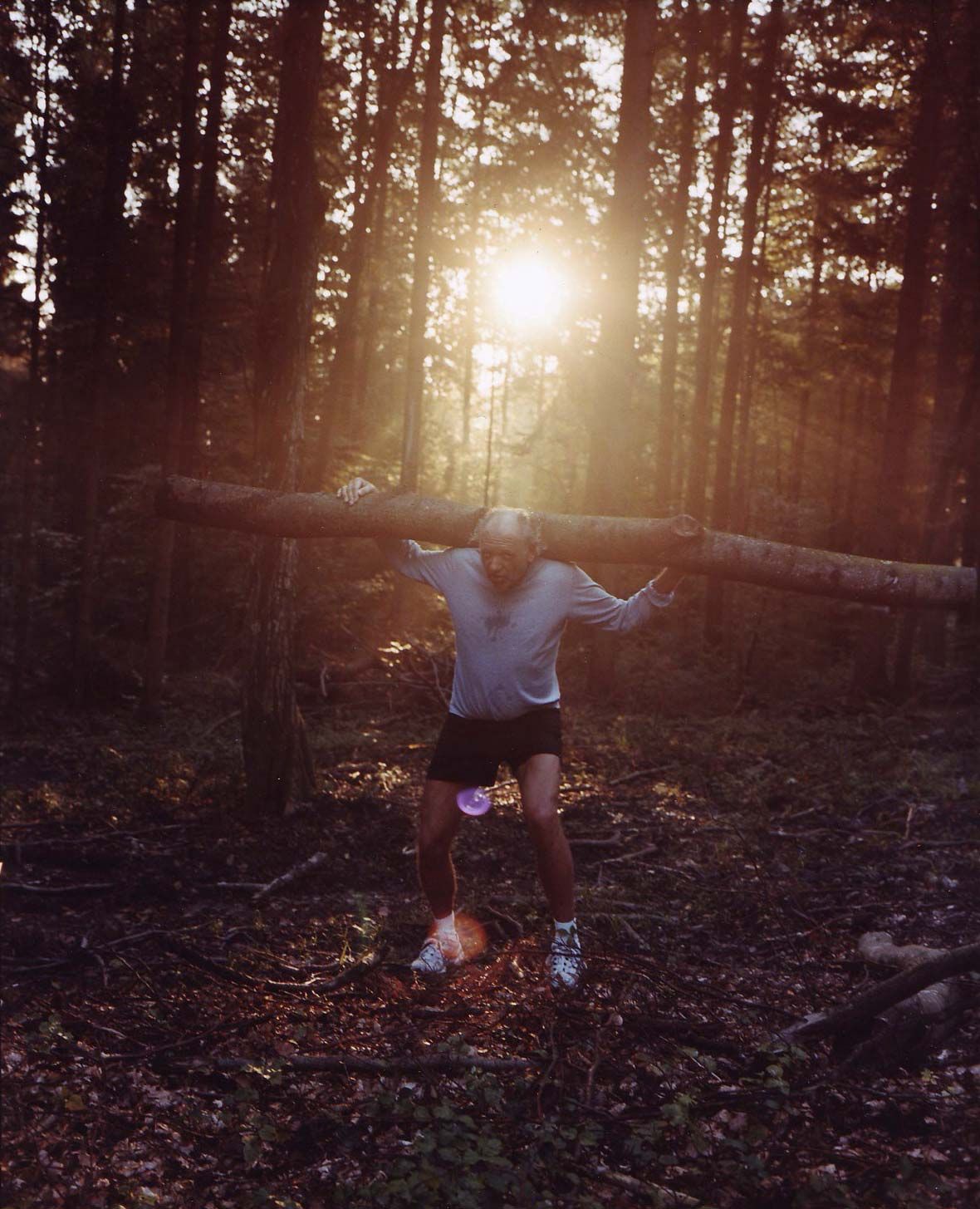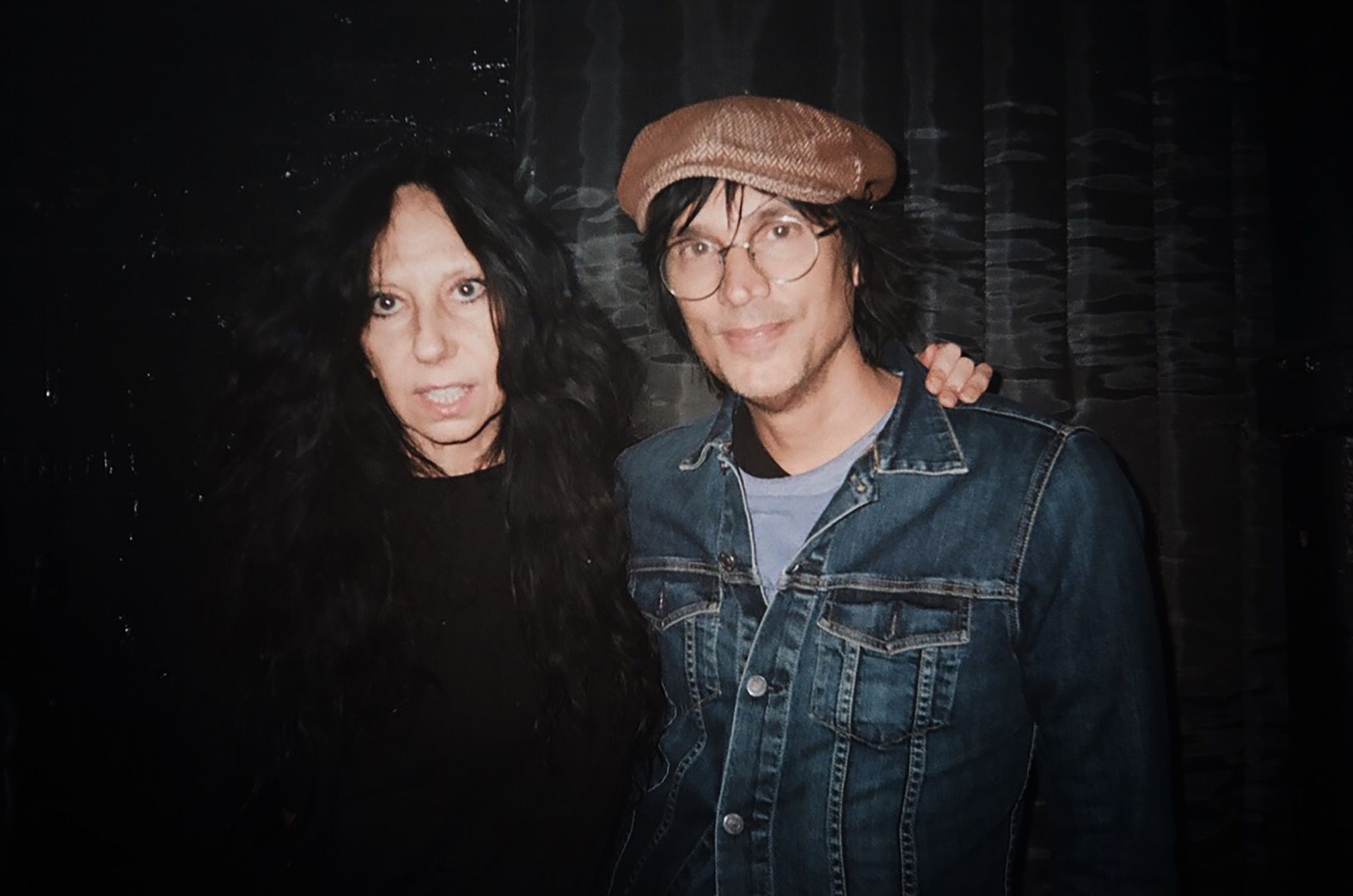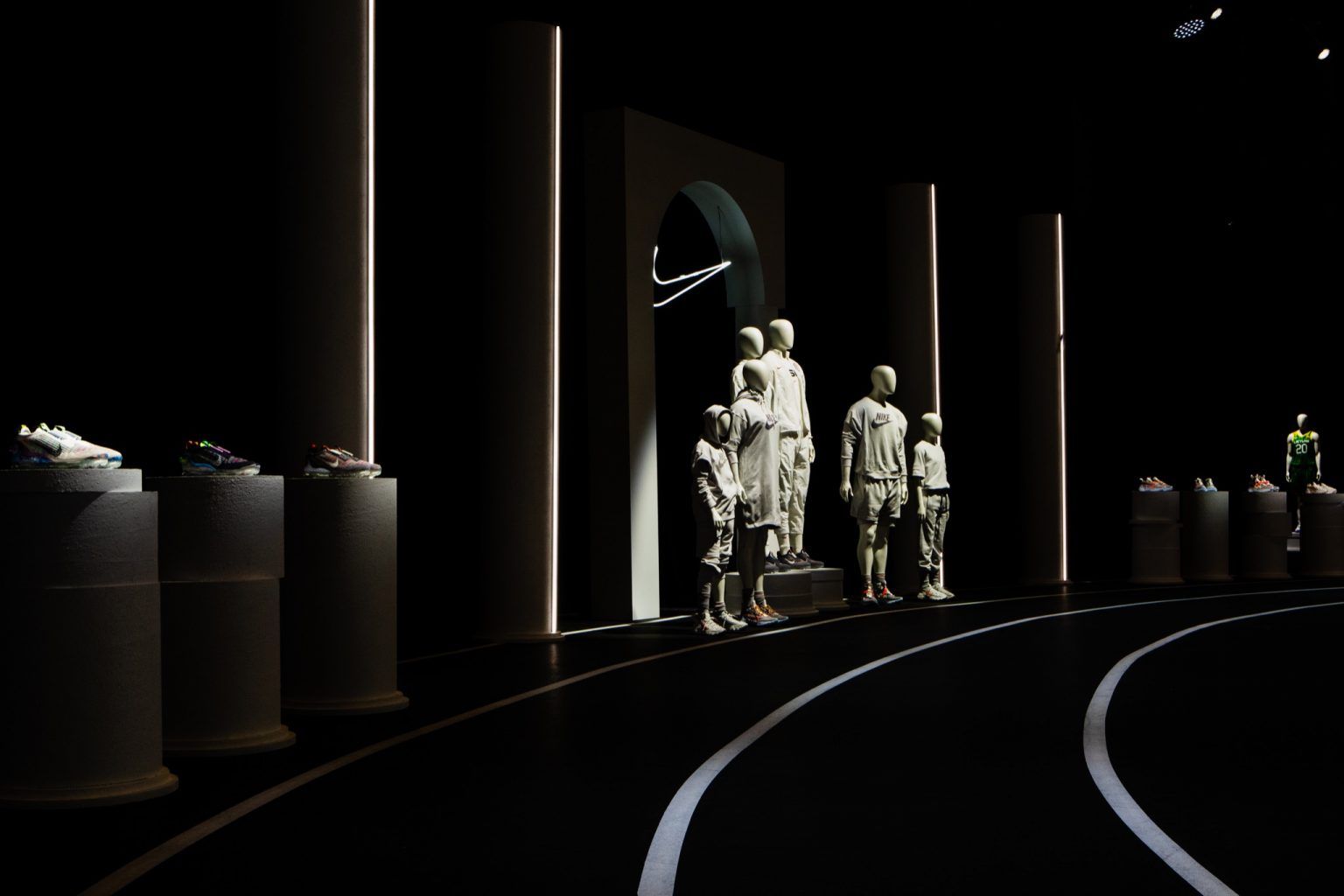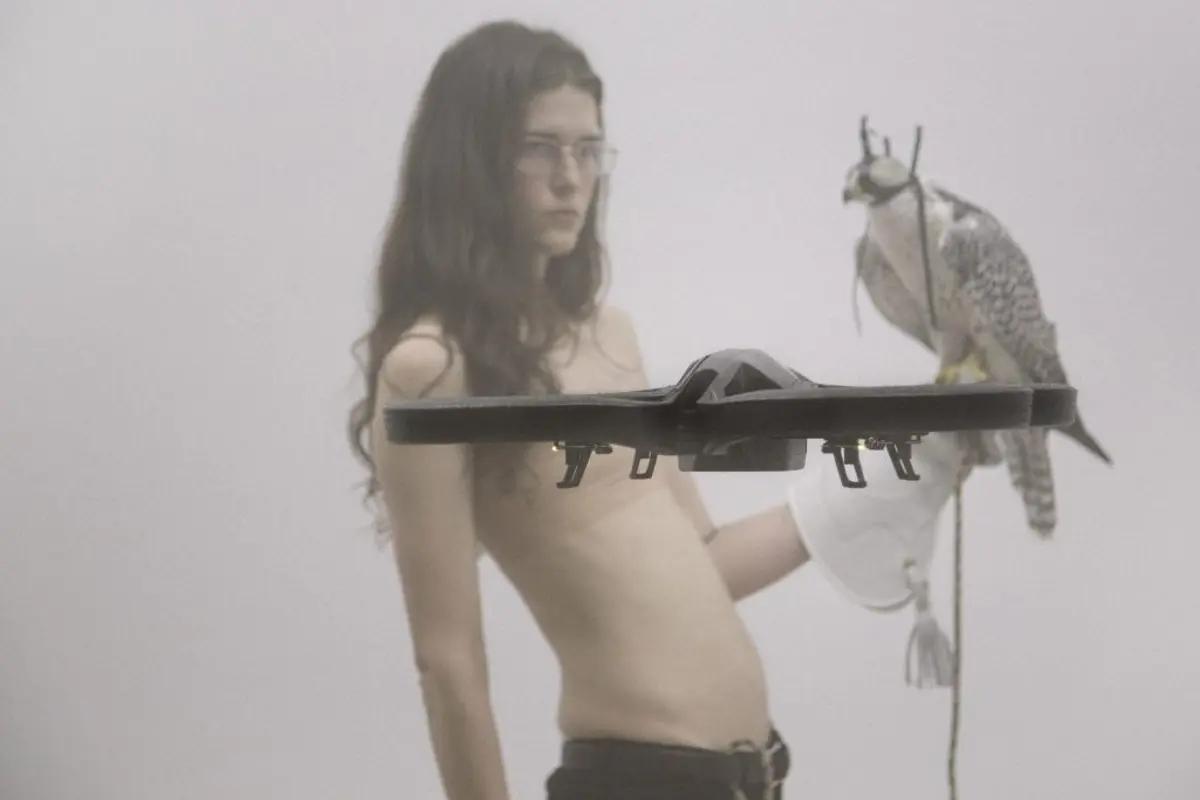Creativity in Motion: On Walks of Life
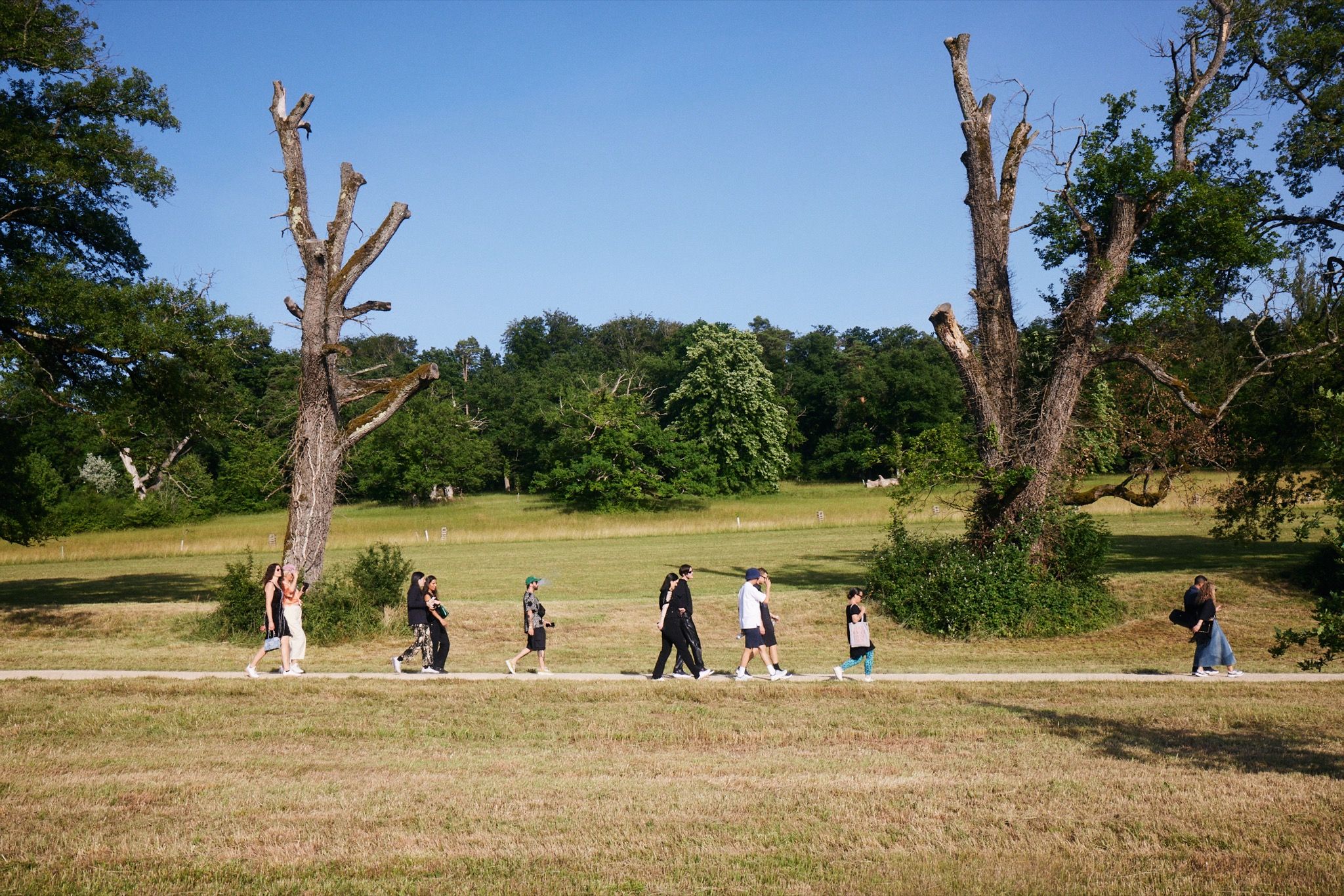
"On is a brand that doesn’t want to cater to the stereotypes of sports performance, which is remarkable,” says curator Gianni Jetzer about the Swiss running shoe company whose footwear seemed to be the only thing gallerists, artists, and collectors were wearing at Art Basel this year. The incoming director of the Kunstmusuem Sankt Gallen credits On’s interest in “contemporary life, awareness, and authenticity” for its common language with the artworld. Earlier this month, the brand tapped Jetzer to host a series of satellite activations to take place during the premiere contemporary art fair, including guided cultural test walks around its site-specific Parcours section. The program peaked with an interactive event that took participants on a hike through the woods to a (vegan) dinner conceived by artist and farmer Sandra Knecht – and enjoyed amid cattle in a functional barn – via 500-year-old hallowed oak trees and a waterfall-side breathwork performance by artist/inventor/coder Salomé Chariot.

“The sum of these encounters is what participants took home,” explains Jetzer, who notes that while experience-driven engagement may be familiar in fashion and sports retail, “experience” is not such a common term in the art world yet. “Experience oscillates for me between Jimi Hendrix and high-altitude alpinism. I like the sound of it because it is experimental by definition,” he says. “You offer something new, there is no guarantee that it will be a success.”
On’s contribution to Art Basel week was indubitably successful, however, inviting attendees to a physical experience of the self in nature – and to an emotional, even spiritual engagement with the landscape. According to Jetzer, whose Suspended Animation exhibition at the Hirshhorn Museum in Washington D.C. was about the “new bodily experience of avatars and the grade of empathy that animation triggers in us,” as substitutes for physical experiences such as VR become more prevalent, they will also trigger a desire for simpler, more embodied interactions. “People are exhausted by the fact that electronic communication has no circadian rhythm at all,” he says. “Art can offer other forms of reality” – including more empathetic ones. This intersection of body, felt emotion, and creativity is precisely where On co-founder David Allemann locates the brand’s mission and activity. The Alpine sportswear executive reflects on the themes and practices evoked by the company’s explorations in Switzerland this month.



How do you see cross-industry collaborations as part of a larger picture of how brands are evolving how they both innovate and communicate today? How is On leading the shift?
Since it was founded, On has been questioning the status quo – just like art does. Running encourages creativity, so it is natural for us to deal with art and artists, especially when they deal with topics such as nature, technology, and breathing like Salomé Chatriot, or with nutrition and Switzerland like Sandra Knecht. To understand On, you have to zoom out and see us as an innovation brand in the bigger picture. To invent something truly new — be it a technology or design innovation — you have to be quite radical. This applies to how we work with allies as well. We don't bend over backwards to please someone, but instead develop our collaborations based on naturally grown interests born from our brand culture.
We have been talking a lot about "experience" in fashion and retail in recent years – even if the term hasn’t become mainstream in art institutions. Even more recently, brands of all types and platforms have begun to use the art world language of “curating.” Would you say this is new, or has “curatorial” practice always been a part of business leadership or athletics in a way?
At On, we believe that movement ignites the human spirit. This is why we see it as our mission to bring sports and movement to more people. You rarely come back from a run, hike, or travel exploration uninspired. When your body moves, something is happening with your mind as well. I am fascinated by human history. Movement, exploration and the expansion of our minds have been intertwined since the very beginning. I very much think the same is true for art. It has been there as long as humans have existed and has inspired us to radically change perspectives. You can call this “experience” or “curation,” but I feel this is definitely not new. On lives at this longstanding intersection of movement and creation, and this manifests in how we innovate products, retail experiences, and community activities.



Do you think the consumer is coming "back" into the body again?
I can absolutely see how the isolation of the last two years has driven the desire to come back into our bodies. Life sometimes felt like an endless Zoom-party, and I see how this reminded all of us to re-connect with nature and physical activity, like running. It’s this magical reset button that allows for a fresh start and fresh thoughts. The pandemic has been long, but it has allowed us to truly create new habits and to opt into new ways to live. This is the positive aspect of the last years, and I believe it will last.
It also seems that in addition to the body, people are thinking about the spiritual – there was an almost mystical component to the event in Switzerland, for instance, with the ritual aspects of the walk and performance. Do you relate to the notion of a "new spirituality"?
A spirituality that balances body and mind is not so new anymore, though it has brought its benefits to the mainstream. Now, our attention has to turn from the inner world to the world that hosts us: our planet. The irony is that originally, our survivor spirit has saved humankind from the forces of nature. Now, we have become so dominant as a species that we are threatening our planet and humankind itself. No longer does survival mean defeating nature. It is our responsibility as both a company and individuals to do our part in saving the planet. However, turning back the wheel has never worked. Progress and exploration are in our DNA. For example, degrading the cushioning performance of On shoes to make them more sustainable is not the solution. Instead, we had to invent new, better materials that are recyclable and can separate after use, as we move towards a circular product. Big innovation leaps have mainly happened in the digital space over the last decades. Now we have to bring it back to the physical world.




On’s exploration of art through movement hasn’t ended with the fair: users only need a mobile device and headphones to experience the brand’s contribution to Art Basel via the cloudaway.com Sound Walks, making their collaborations world-renowned artists and creatives accessible any time.
